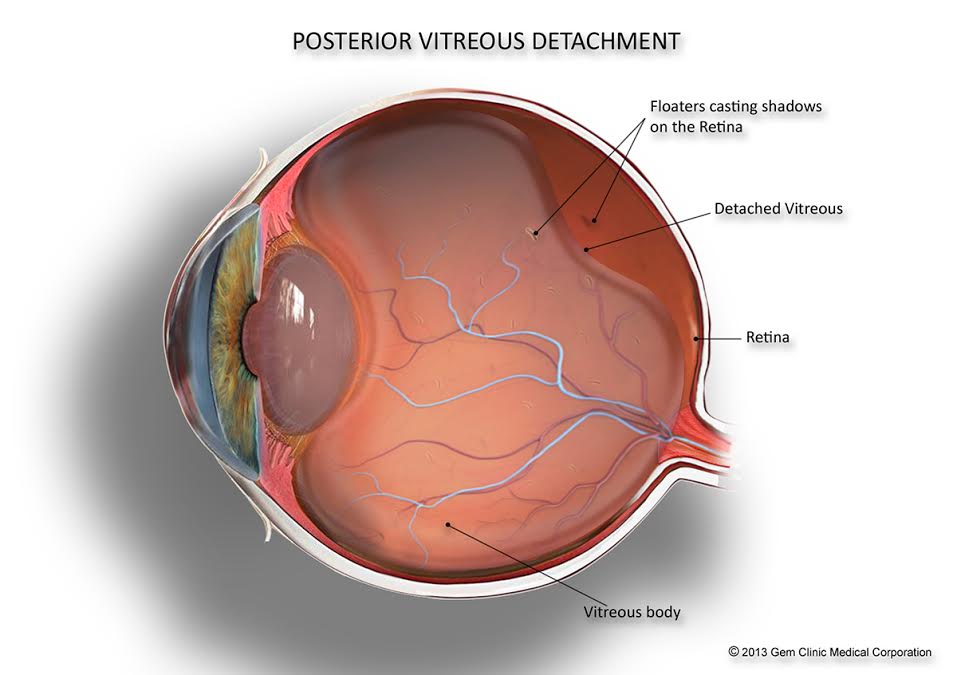Reliable Glaucoma Service Near Me: Protect Your Eyesight with Specialists
Reliable Glaucoma Service Near Me: Protect Your Eyesight with Specialists
Blog Article
Comprehending the Different Vision Adjustment Procedures Available for Clearer View
In the realm of vision correction procedures, a multitude of alternatives exist to attend to refractive errors and offer people with more clear view. From the commonly acknowledged LASIK surgical treatment to much less intrusive treatments like PRK and implantable lenses, the field of ophthalmology uses a series of strategies tailored to suit various requirements and choices. Each treatment comes with its own set of considerations, benefits, and prospective dangers. Recognizing the subtleties of these vision correction techniques is vital for making educated choices concerning one's aesthetic wellness. Allow's discover the intricacies of these procedures and shed light on the path to achieving improved vision clarity.
LASIK Surgical Treatment
LASIK surgical procedure is a typical refractive procedure made use of to deal with vision troubles such as farsightedness, nearsightedness, and astigmatism. This medical method, which stands for Laser-Assisted in Situ Keratomileusis, intends to reshape the cornea to boost exactly how light is concentrated on the retina, ultimately boosting vision clarity.
One of the key advantages of LASIK surgical procedure is the fast renovation in vision experienced by patients. Lots of people notice a substantial enhancement in their vision quickly after the procedure. In addition, most individuals report marginal pain and discomfort throughout the surgery and recovery period. The recuperation time for LASIK is relatively quick, with lots of people going back to their everyday tasks within a day or more post-operation. Generally, LASIK surgical treatment is a popular selection for individuals looking for a lasting remedy for their vision troubles.
PRK Procedure
While additionally a typical refractive treatment, the PRK (Photorefractive Keratectomy) method varies from LASIK surgical treatment in its strategy to fixing vision troubles. In PRK, as opposed to developing a flap on the cornea, the outer layer of the cornea, called the epithelium, is entirely removed. This enables the laser to improve the cornea to deal with refractive errors such as nearsightedness, astigmatism, and farsightedness straight on the surface.

Despite the longer healing time, PRK can produce exceptional lead to vision renovation, making it a valuable alternative for those who may not be appropriate prospects for LASIK surgical procedure.
Implantable Lenses
Unlike PRK where the cornea is improved straight, implantable lenses supply another method for fixing vision by inserting synthetic lenses inside the eye. This procedure is especially helpful for people with high levels of astigmatism, farsightedness, or original site nearsightedness that might not appropriate candidates for laser surgeries like LASIK or PRK.
Implantable lenses, likewise referred to as phakic intraocular lenses, work by supplementing the eye's all-natural lens with a man-made one. refractive surgeries in al. These lenses can be positioned before the all-natural lens (anterior chamber) or behind the iris and in front of the all-natural lens (posterior chamber) By readjusting the power and positioning of these lenses, eye doctors can properly remedy refractive errors and enhance visual acuity
One advantage of implantable lenses is that they are exchangeable and removable, providing flexibility for future adjustments. However, similar to any type of operation, there are threats entailed, such as infection or cataract development. Individuals taking into consideration implantable lenses must seek advice from an eye treatment expert to determine one of the most ideal choice based upon their private demands and eye health and wellness.
Corneal Rings
Corneal rings, also called intracorneal ring segments, are little, transparent gadgets put into the cornea to deal with vision distortions such as keratoconus. Keratoconus is a condition where the cornea thins and protrudes outside, creating vision to become altered. The insertion of corneal rings aids to flatten the cornea, boosting visual skill and decreasing the uneven astigmatism brought on by keratoconus.
The treatment for inserting corneal rings is minimally intrusive and relatively fast, typically performed as an outpatient procedure. Throughout the surgery, the eye doctor makes a little laceration in the cornea and inserts the rings at a certain depth. When in position, the rings help to reshape the cornea, giving a smoother surface for light to get in the eye, which can result in clearer vision.
Corneal rings are considered a reversible procedure, as they can be eliminated or changed if essential. eyecare near me. While they my company might not entirely remove the need for glasses or contact lenses, corneal rings can dramatically try this out boost vision quality and overall visual comfort for individuals with keratoconus or other corneal irregularities
Refractive Lens Exchange
Following the correction of corneal irregularities with treatments like corneal rings, another vision correction strategy that can address refractive errors is Refractive Lens Exchange (RLE) RLE is a procedure that entails changing the eye's all-natural lens with a fabricated intraocular lens (IOL) to deal with refractive mistakes such as presbyopia, nearsightedness, and farsightedness. This treatment is especially useful for people that may not be suitable prospects for treatments like LASIK or PRK because of aspects such as thin corneas or high refractive errors.

Conclusion
In conclusion, there are different vision adjustment procedures offered to assist people accomplish clearer sight. LASIK surgical treatment, PRK procedure, implantable lenses, corneal rings, and refractive lens exchange are all options that can deal with different vision issues.
In the world of vision improvement treatments, a wide range of options exist to deal with refractive errors and give people with clearer sight.LASIK surgery is an usual refractive treatment utilized to fix vision problems such as farsightedness, astigmatism, and nearsightedness.While likewise a common refractive treatment, the PRK (Photorefractive Keratectomy) method differs from LASIK surgical procedure in its technique to fixing vision problems.Adhering to the improvement of corneal irregularities with procedures like corneal rings, an additional vision modification technique that can resolve refractive errors is Refractive Lens Exchange (RLE) LASIK surgery, PRK treatment, implantable lenses, corneal rings, and refractive lens exchange are all options that can address various vision issues.
Report this page